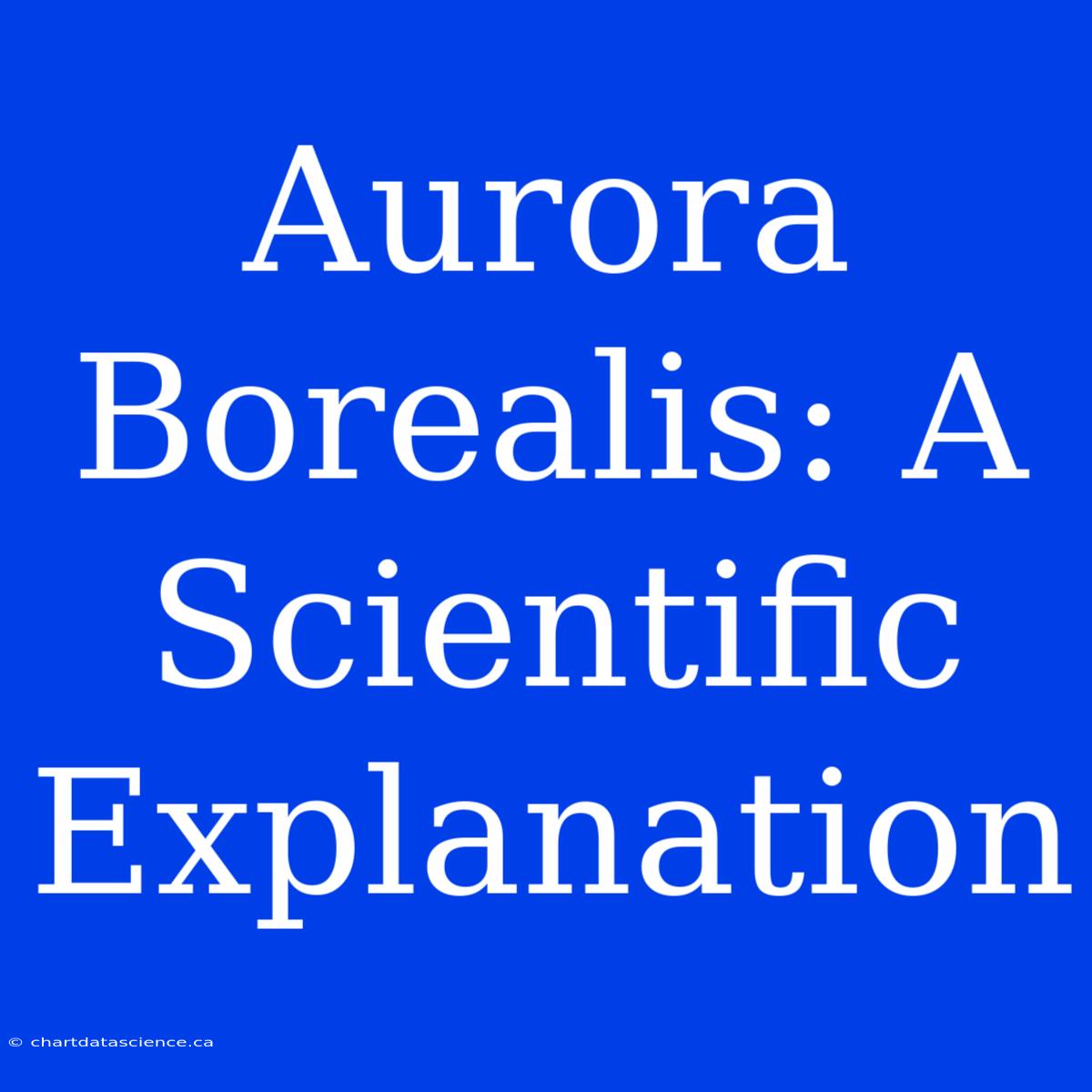Aurora Borealis: A Scientific Explanation
Have you ever gazed up at the night sky and been mesmerized by a breathtaking display of swirling, dancing lights? If so, you've likely witnessed the Aurora Borealis, also known as the Northern Lights. This captivating natural phenomenon has captivated humanity for centuries, but what exactly causes this celestial spectacle? Let's delve into the science behind the aurora.
The Sun's Role in the Aurora
The aurora is a direct result of activity on the Sun, our very own star. The Sun constantly emits a stream of charged particles, known as the solar wind. When these particles encounter Earth's magnetic field, they're guided towards the planet's poles, interacting with gases in the atmosphere.
A Dance of Charged Particles
Earth's magnetic field acts like a shield, deflecting most of the solar wind. However, some charged particles manage to slip through, traveling along the magnetic field lines towards the poles. As these particles collide with atoms and molecules in the upper atmosphere, they excite the atoms.
The Emission of Light
When an excited atom returns to its ground state, it releases energy in the form of light. The color of the emitted light depends on the type of atom and the energy level of the excitation. Oxygen atoms, for instance, produce green and red auroras, while nitrogen molecules emit blue and purple hues.
Watching the Auroral Display
The aurora is most commonly observed in the high-latitude regions near the Earth's poles. This is because the charged particles from the Sun are funneled towards the poles along the magnetic field lines. The best time to view the aurora is during the winter months, when the nights are longer and darker.
Understanding the Aurora: A Scientific Perspective
By understanding the scientific processes behind the aurora, we can better appreciate this incredible natural display. From the Sun's activity to the interaction of charged particles with Earth's atmosphere, the aurora is a testament to the interconnectedness of our universe.
So, next time you have the chance to witness this awe-inspiring spectacle, remember the incredible journey these particles have taken and the scientific marvels that make it possible.

